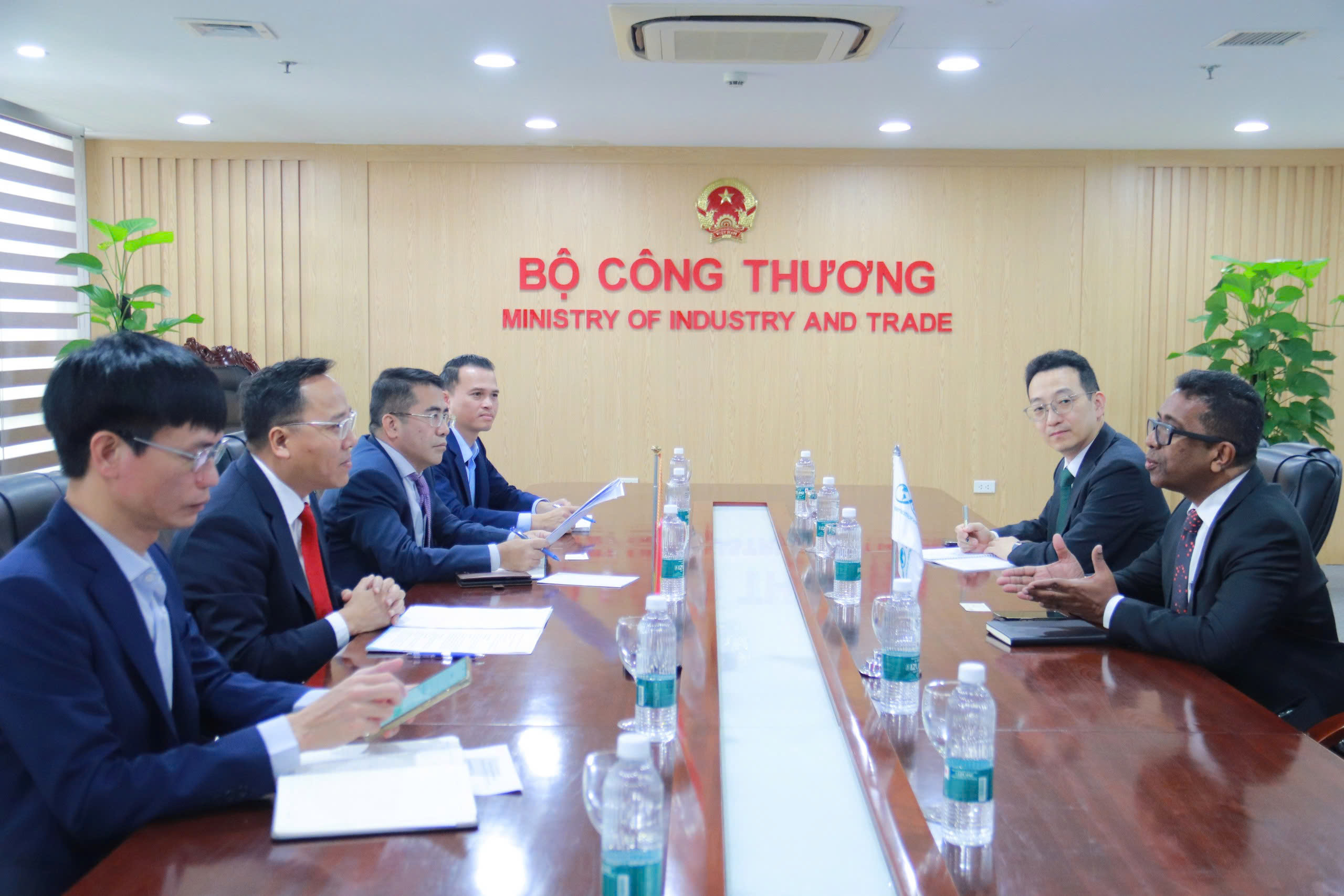
Viet Nam joins IRENA, expands cooperation on renewable energy
19:05 | 23/03/2025 11:10 | 16/12/2025Cooperation
The implementation of the two-tier local government model has marked a turning point in administrative organization and management across northern provinces. Amid this transition, industrial promotion has remained a steadfast “extended arm” of the state supporting rural industries to adapt and develop sustainably, despite institutional, administrative, and resource-related challenges.
Steady growth, affirming its role as a “long arm” of industry
According to the Agency for Innovation, Green Transition and Industry Promotion under the Ministry of Industry and Trade, total approved industrial promotion funding in 15 northern provinces and cities reached 148.24 billion VND in the first nine months of 2025, up 40% from the same period in 2024. Of this, local budgets accounted for 57.7%, while national-level funding made up 42.3%.
Despite ongoing adjustments under the two-tier model, total disbursement reached 42.6 billion VND, equivalent to 28.74% of the annual plan and 152% of the level recorded a year earlier. The result reflects notable local efforts amid evolving institutional frameworks and administrative realignments.
Support for the adoption of advanced machinery and equipment continued to be a highlight. The northern region planned to assist 279 facilities in technology transfer, with a total funding of 74.85 billion VND. By the end of September, 84 facilities had received support achieving 36.84% of the year’s target.
This has enabled many small enterprises and household producers to modernize production lines, enhance productivity and product quality, and gradually transition toward cleaner, greener production.
Equally important, programs promoting exemplary rural industrial products have been strengthened. Some 210 enterprises participated in fairs and exhibitions, while 30 products were honored at the national level, with a total funding of 10.8 billion VND. These achievements demonstrate that industrial promotion is not only about financial assistance, but also about paving the way for local products to reach broader markets and affirm regional brands.
Adjusting to the rhythm of “two levels”
The restructuring of local administrations has presented new and complex challenges for industrial promotion. Many localities acknowledge that they are still finding their footing.
In Bac Ninh, Deputy Director of the Department of Industry and Trade Hoang Anh Tuan shared: “Following the merger, the territory expanded and the number of communes and wards increased sharply, making the implementation of industrial promotion projects more complex and resource-intensive. Staffing at the grassroots level is thin, and coordination between communes, wards, and district economic units has been disrupted, slowing progress”.
Even so, Bac Ninh has maintained strong industrial growth, supported by the Ministry of Industry and Trade. Between 2015 and 2025, the province’s total industrial promotion funding reached about 61 billion VND, including over 20 billion from central sources, which directly supported machinery upgrades, trade promotion, technological innovation, and environmental improvements.
A notable example is the smart factory model jointly developed by Samsung, the Ministry of Industry and Trade, and the Bac Ninh People’s Committee. More than 20 local enterprises have so far benefited from improved production efficiency, energy savings, and enhanced product quality. “We aim to expand this model as a sustainable approach to help rural industrial enterprises embrace digital transformation”, Tuan emphasized.
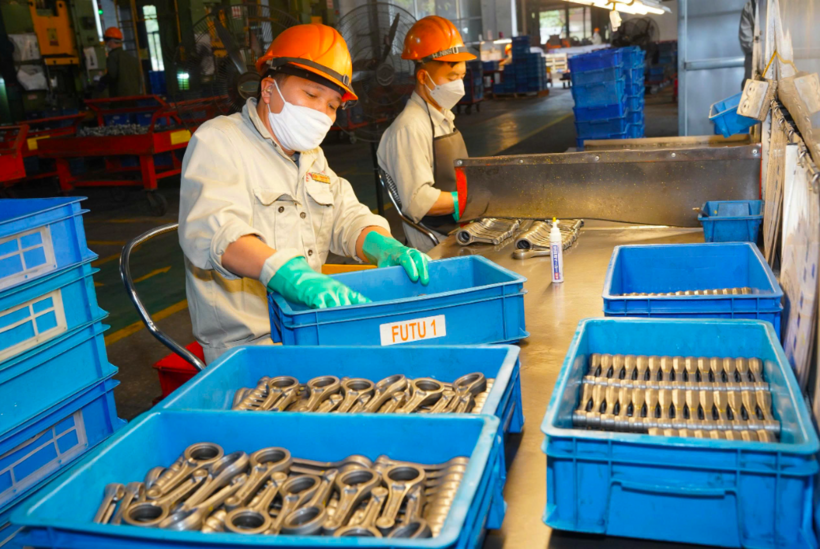
Many rural industrial enterprises have benefited from industrial promotion policies. Photo: Can Dung.
However, after consolidation, the Industrial Promotion Center was merged into a single administrative entity, resulting in operational and financial constraints. The province currently self-finances only about 12% of its industrial promotion budget, with the rest relying on state funds. “The absence of clear spending mechanisms has delayed several programs”, Tuan noted.
Ninh Binh has faced similar difficulties. Deputy Director of the Department of Industry and Trade Hoang Chi Dung said: “In the early phase after the merger, most departments were focused on reorganizing their apparatus, so technical work was delayed. With a limited number of staff at the commune level, implementation has not been as tight as required”.
According to Dung, the biggest bottleneck lies in the regulatory framework and budget approval process. After the merger, the authority to approve support levels shifted to the Provincial People’s Council, making the process more cumbersome and time-consuming. “We are still drafting the new regulation on expenditure norms, so no funds have been released for industrial promotion projects”, he said.
While merging the centers for industrial promotion, trade promotion, industrial clusters, and energy efficiency has streamlined administration, it has also stretched human resources and technical capacity, while existing spending norms remain outdated and misaligned with the new structure.
A call for flexible policy frameworks
Lang Son illustrates the institutional friction between the new governance model and existing regulations. After establishing the Center for Investment, Trade and Tourism Promotion under the Provincial People’s Committee, industrial promotion functions were moved out of the Department of Industry and Trade.
However, under Circular No. 64/2024/TT-BTC, budgets must still be allocated through the department, preventing the province from directly funding the Center to implement projects.
“We have plans, personnel, and capacity, but no funds to carry them out. Meanwhile, the Department holds the budget but lacks the implementing body. As a result, several projects are stalled and local businesses miss out on support”, a Lang Son official said.
Although Decree No. 235/2025/NĐ-CP amended Decree No. 45/2012/NĐ-CP, Article 14(3) on budget allocation remains unchanged and does not reflect the new provincial-level model. Lang Son has urged the Ministry of Industry and Trade to provide specific guidance distinguishing between two structures: Centers under the Department of Industry and Trade, and Centers directly under the Provincial People’s Committee. Without timely policy updates, industrial promotion activities in many localities risk stagnation, directly impacting rural enterprises.
In response, the Agency for Innovation, Green Transition and Industry Promotion has recommended that provinces accelerate disbursement, strengthen organizational capacity, enhance the professionalism of industrial promotion officers, and foster interprovincial cooperation to share successful models and expand digital outreach.
With the upcoming policy framework for 2026 - 2030, the Ministry of Industry and Trade has directed localities to develop long-term, flexible industrial promotion programs tailored to the realities of two-tier governance.
The two-tier model promises more effective governance but also demands synchronized policy reform to ensure the steady flow of industrial promotion, a key catalyst for rural industrial growth. As the new administrative structure stabilizes and the legal framework is refined, industrial promotion in northern Vietnam is poised to deliver renewed momentum for sustainable, modern, and globally integrated local production.

19:05 | 23/03/2025 11:10 | 16/12/2025Cooperation
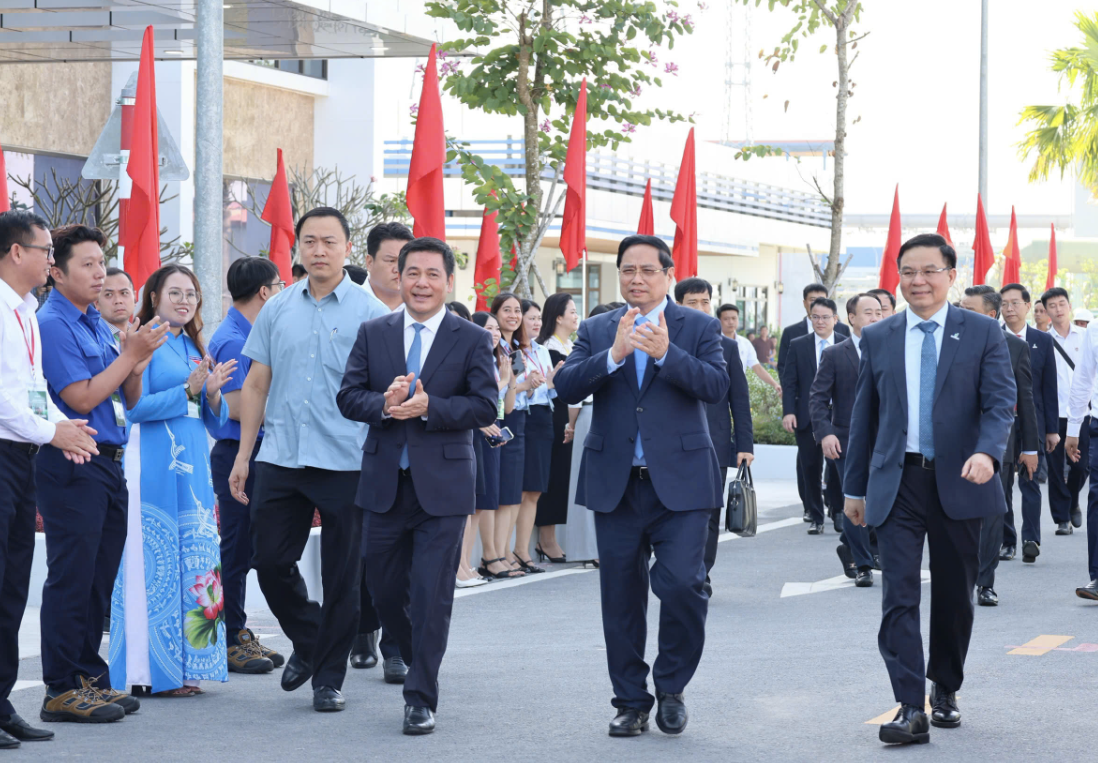
19:05 | 23/03/2025 10:18 | 15/12/2025News and Events
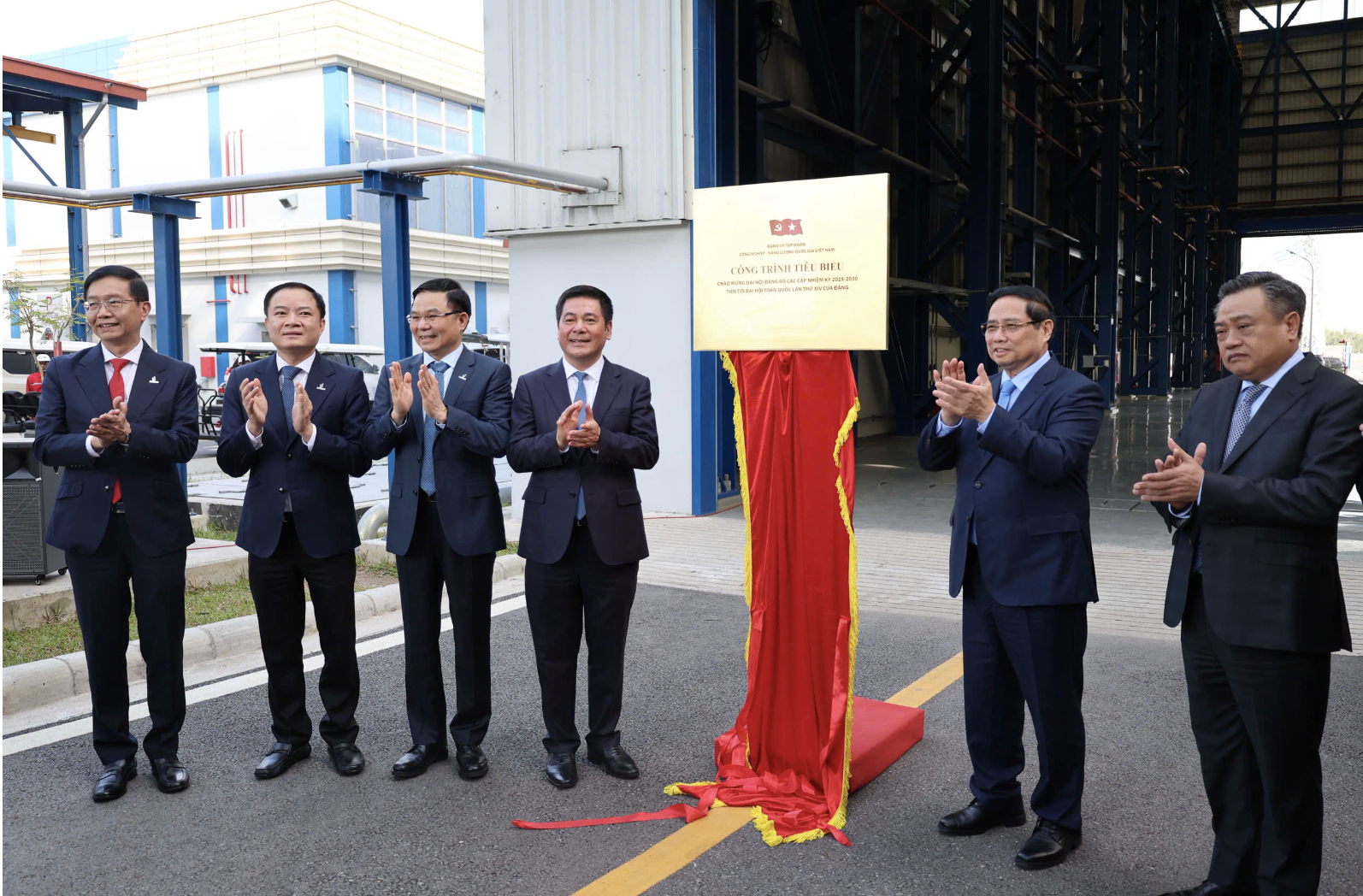
19:05 | 23/03/2025 21:02 | 14/12/2025Industry
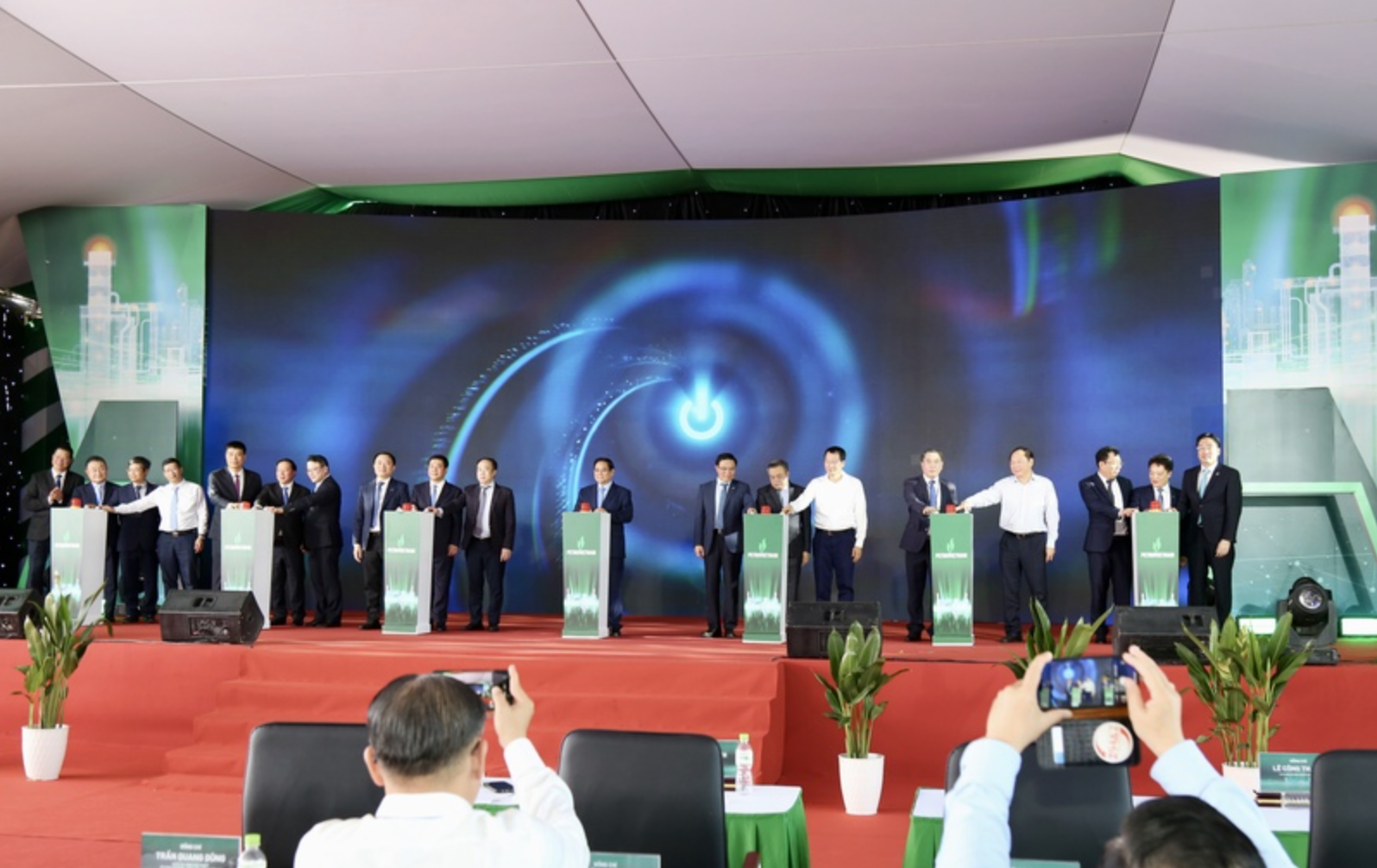
19:05 | 23/03/2025 20:47 | 14/12/2025News and Events

19:05 | 23/03/2025 15:35 | 14/12/2025Trade